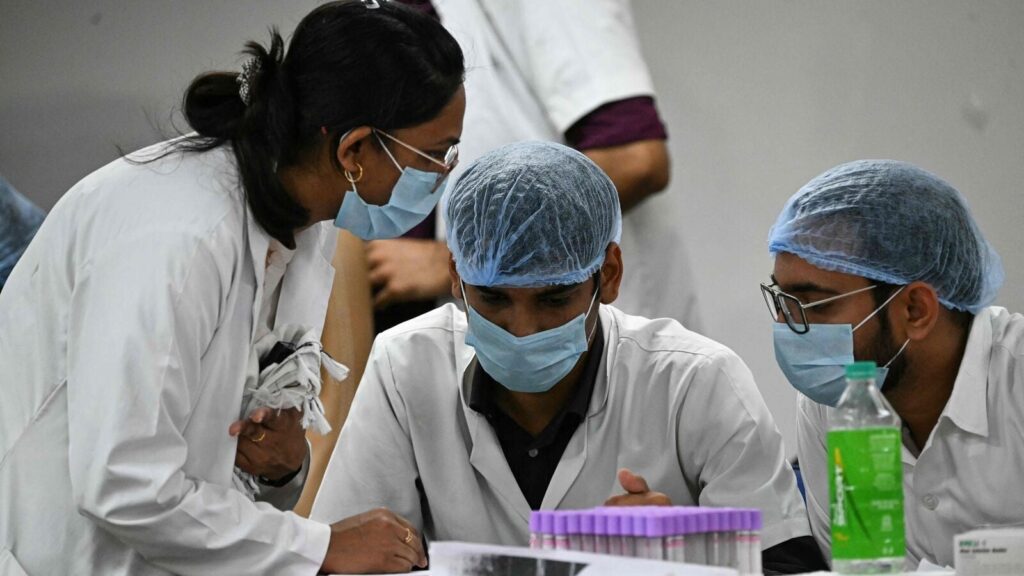New Delhi: In an effort to strengthen the country’s medical emergency preparedness, the Union government is working on a plan to create a specialized cadre of doctors and medical staff equipped to effectively manage incidents involving mass casualties.
These frontline healthcare workers will be stationed at hospital emergency units, and the development assumes significance given the increasing frequency of natural and man-made disasters, according to officials aware of the matter.
This army of doctors will be crucial in providing an immediate and coordinated medical response during large-scale emergencies.
The initiative is called the Mass Casualty Management Programme, and more than 1,000 healthcare workers will be trained in crisis management. This is crucial given the increasing frequency of various disasters.
“This nationwide capacity-building effort will involve training of more than 1,000 healthcare professionals through 50 training sessions. The proposal for this training was approved at a high-level meeting of the Mission Steering Meeting National Health Mission (NHM) held recently,” said one of the officials aware of the matter.
The total estimated cost for this programme is ₹6.55 crore, another official familiar with the matter said.
“Each training programme will host 20 participants, consisting of five individuals from each of the four participating hospitals. Trainees will include doctors (emergency physicians and other medical practitioners) and nurses from hospital emergency departments, as well as designated disaster response coordinators. The training of trainers (ToT) sessions will run for five days, while subsequent training courses will be three days long,” stated the document reviewed by Mint.
Queries sent to the health ministry spokesperson on Tuesday remained unanswered.
Another key objective of this programme is to ensure that the newly introduced Bharat Health Initiative for Sahyog, Hita and Maitri (BHISHM) Cubes are used effectively. These rapidly deployable, modular mobile disaster management hospitals are designed to treat up to 200 people at a disaster site.
According to the National Medical Commission (NMC), India has 13.86 lakh doctors registered with State Medical Councils and the NMC. Furthermore, the country has 36.14 lakh registered nursing personnel.
Earlier,Mintreported that the Union government plans to acquire 50 of these BHISHM Cubes for 22 strategic locations, including places like the All India Institute of Medical Sciences (AIIMS).
While India’s rapidly deployable BHISHM cubes are valuable for disaster management in underserved areas, their effectiveness depends on equally vital elements: skilled personnel and strong teamwork, Dr. Rajeev Jayadevan, a public health expert and former president of the Indian Medical Association (IMA, Cochin) said.
“Short, intensive training for doctors and nurses, especially those with experience in casualty departments, can make a real difference on the ground. Emphasis must be paid to the quality and standardisation of the training modules. Drills will ensure the expertise of personnel translates into outcomes, especially while working as a newly deployed team in a limited infrastructure setting. As such events are unpredictable and may not happen for a long time, periodic re-certification will be helpful,” Jayadevan added.

